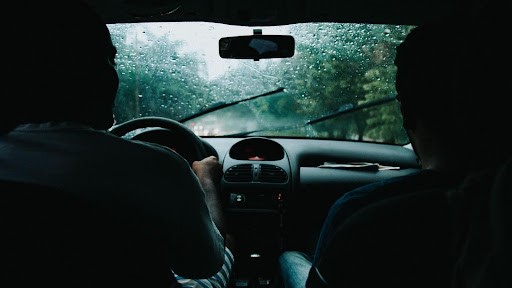 Owning a car comes with a multitude of responsibilities: regular maintenance, timely oil changes, and of course, keeping an eye on the condition of your windshield or windscreen. A clear, intact windscreen is crucial not just for aesthetic reasons but also for your safety and the overall functionality of your vehicle. Sometimes, however, it can be difficult to determine whether it’s time for a repair or a complete Windscreen Replacement.
Owning a car comes with a multitude of responsibilities: regular maintenance, timely oil changes, and of course, keeping an eye on the condition of your windshield or windscreen. A clear, intact windscreen is crucial not just for aesthetic reasons but also for your safety and the overall functionality of your vehicle. Sometimes, however, it can be difficult to determine whether it’s time for a repair or a complete Windscreen Replacement.
In this guide, we’re going to walk you through some telltale signs that indicate it’s time to replace your windscreen.
1. Small Chips And Cracks
You’re driving along, and suddenly a stray pebble from the road shoots up and strikes your windshield. The result could be a small chip or crack. While many might ignore this minor damage, it’s important to take it seriously. Chipped windshield repair is generally easier and less expensive when the chip is still small.
However, these chips can quickly spread into larger cracks that compromise the structural integrity of the windshield. If your windshield has several small chips or if a chip has evolved into a crack that’s longer than three inches, it’s time to consider a replacement.
2. Damage In The Driver’s Line Of Sight
Even a minor imperfection like a scratch, chip, or crack in the driver’s line of sight can obstruct vision, causing potential driving hazards. In some cases, simple repairs might distort the glass, making the issue worse.
If any damage is directly in your field of vision while driving, it’s safer to opt for a full windscreen replacement to ensure clear, unobstructed vision.
3. White Haze At The Edges
Modern windscreens are designed with a plastic layer between two pieces of glass, a feature that ensures the windscreen remains in one piece even when shattered.
Over time, the edges of the windscreen may develop a white haze, which indicates that the plastic layer is starting to separate from the glass. This separation makes your windscreen more susceptible to cracking and shattering, making it crucial to replace it immediately.
4. Internal Damage
While most windscreen damage occurs from the exterior due to rocks, debris, or accidents, internal damage is also a possibility. This can happen due to extreme temperature changes or mechanical stress from improper installation.
Such damage compromises the structural integrity of the windscreen, making it unsafe. If you notice any signs of internal damage, like bubbling or cracking from within, it’s a clear sign that you need a replacement.
5. Outdated Or Poor Previous Repairs
Perhaps you’ve had your windscreen repaired before, but if the repair was done poorly or if the materials used were not up to standard, the repair could fail over time.
Likewise, if your windshield is old and has been subjected to numerous repairs, its structural integrity could be compromised. In these cases, it’s wise to replace the windscreen entirely to avoid future problems.
6. Impaired View Due To Sun Glare
Sun glare can make it difficult to see, and a damaged or pitted windshield exacerbates the problem. The small dents and cracks scatter the light, making it harder to see the road and other vehicles. In such scenarios, even if the damage may seem minor, a replacement can drastically improve your driving safety.
7. Water Leaks
If you notice water seeping through your windscreen, it might indicate a weak seal or hidden damage. A faulty seal not only lets water into the car but also makes the entire car frame less stable. In such a case, replacing the windscreen is often the best course of action.
Conclusion
Your windscreen is one of the most critical safety features of your car. It acts as a barrier that protects you from wind, debris, and in the event of an accident, it can even save your life. Therefore, it’s crucial to keep it in optimum condition.
If you notice any of the signs mentioned above, don’t hesitate to seek professional advice on whether a windscreen replacement is necessary for your safety and that of others on the road. Ignoring these signs can result in higher costs down the line, not to mention the potential risk to your life and those of other road users.










